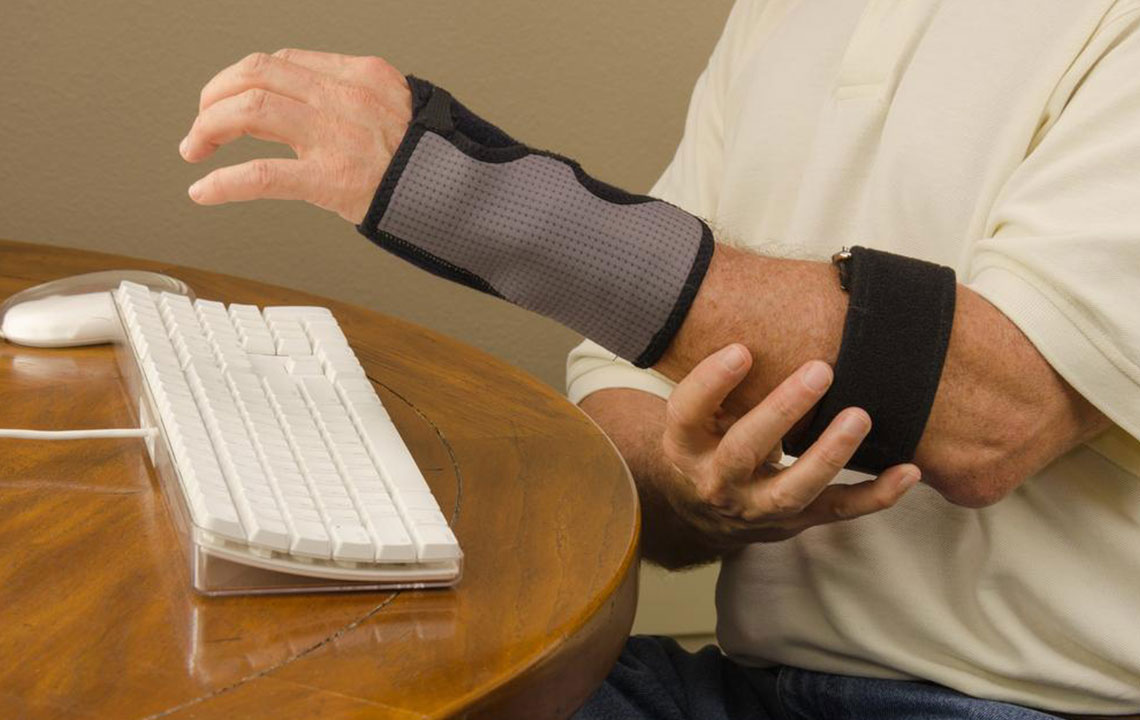Complete Guide to Different Types of Elbow Supports for Injury Prevention and Recovery
This comprehensive guide explores various types of elbow supports, including braces, straps, and sleeves, highlighting their features, benefits, and suitable applications. Learn how to choose the right support for injury recovery, pain relief, and injury prevention, especially for conditions like tennis elbow. The article emphasizes the importance of proper support fitting, usage tips, and when to seek professional healthcare advice to ensure optimal elbow health and faster recovery.

In-Depth Overview of Elbow Support Options for Pain Relief and Injury Management
The use of elbow supports is a common and effective approach to managing various elbow injuries and conditions, particularly chronic issues like tennis elbow. These supports provide stability, compression, and warmth, which are crucial for reducing inflammation, alleviating pain, and promoting healing. They come in a variety of designs, sizes, and materials, each suited to different needs and activity levels.
Choosing the right elbow support requires understanding the specific condition, activity intensity, and personal comfort preferences. With a wide array of options—from simple straps to sophisticated braces—this comprehensive guide aims to help you navigate the different types of elbow supports available on the market today.
Key Factors to Consider When Selecting Elbow Supports
Elbow supports are primarily classified into three types, each designed to address specific needs: Epicondylitis braces, elbow straps, and elbow sleeves. Understanding their features and benefits is essential for making an informed choice based on your condition and activity level.
Epicondylitis Brace
Elbow Strap
Elbow Sleeve
Epicondylitis Brace: Precision Support for Targeted Relief
Epicondylitis braces are high-quality supports tailored for individuals suffering from conditions like tennis elbow or golfer's elbow. They are designed to exert controlled pressure on specific tendons just below the outer part of the elbow, known as the lateral epicondyle. These braces typically come with adjustable straps, clips, or plastic clasps that ensure a snug and secure fit.
This targeted compression helps redistribute stress away from the inflamed tendons and muscles, reducing pain and inflammation. The brace’s design allows for precise pressure application, which promotes better recovery and prevents further injury. Proper fit is crucial for optimal benefits, and these braces are usually recommended for athletes or active individuals who require focused support during physical activities.
Advantages of epicondylitis braces include effective symptom relief through accurate pressure application and the ability to improve tendon alignment during movement. Their primary drawback is the higher cost compared to other supports, and some users may find it challenging to position or adjust the brace correctly, especially during vigorous activity. Due to their design, they are best suited for experienced athletes or individuals with specific needs.
Elbow Strap: Affordable and Adjustable Support
Elbow straps are simpler, more versatile supports that encircle the forearm just below the elbow joint. They often feature small pressure pads placed over the painful or inflamed area, providing targeted compression. These straps work by reducing the load transferred through the affected tendons, thereby decreasing strain and allowing the tissue to heal more effectively.
The primary benefit of elbow straps is their affordability and ease of use. They are adjustable, making them suitable for different arm sizes and comfort needs. The slim design makes them unobtrusive during daily activities or sports. However, their simplicity means less precise support compared to full braces, and they generally do not provide heat retention or additional warmth.
Elbow straps are ideal for individuals experiencing tennis elbow symptoms or those engaging in manual or repetitive activities, helping to manage pain without significant interference.
Elbow Sleeve: Combination of Compression and Heat Therapy
Elbow sleeves are designed to envelop the entire elbow joint, offering uniform compression and warmth. Typically made from neoprene or elastic materials, they provide gentle support that enhances blood flow, reduces swelling, and soothes sore tissues. Most elbow sleeves come with an adjustable strap or closure system for added support and custom fit.
This type of support is especially beneficial for ongoing management of elbow pain and for athletes who need flexible, all-around support during activity. The warmth generated by the sleeve can improve circulation and promote tissue repair, while compression stabilizes the joint to prevent further injury. Additionally, elbow sleeves are easy to wear and remove, making them suitable for extended use throughout the day.
The main limitations include bulkiness in some designs and less precise pressure control compared to braces or straps. Nevertheless, they are highly effective for general support, pain relief, and injury prevention, particularly for those with mild to moderate elbow discomfort.
Why Are Elbow Supports Important?
Elbow supports play a vital role in managing various injuries and chronic conditions, such as tennis elbow, golfer’s elbow, or general elbow strain. They provide multiple benefits ranging from pain relief to injury prevention, making them valuable tools for athletes, workers, and anyone suffering from elbow discomfort.
Properly fitted supports can accelerate recovery by reducing strain, minimizing inflammation, and promoting proper joint alignment. They also help redistribute forces during activity, which decreases the risk of worsened injuries and prevents the development of chronic problems. Moreover, elbow supports contribute to joint stability, increase comfort, and provide warmth, all of which are conducive to healing.
While these supports are highly effective, it is essential to use them correctly and in conjunction with professional healthcare advice when pain persists or worsens. Persistent pain may signify underlying issues requiring medical diagnosis and targeted treatment plans to avoid long-term damage.
In summary, investing in the right elbow support tailored to your specific needs can be a game-changer in managing elbow health, allowing you to continue your daily activities and sports with reduced pain and increased confidence.





